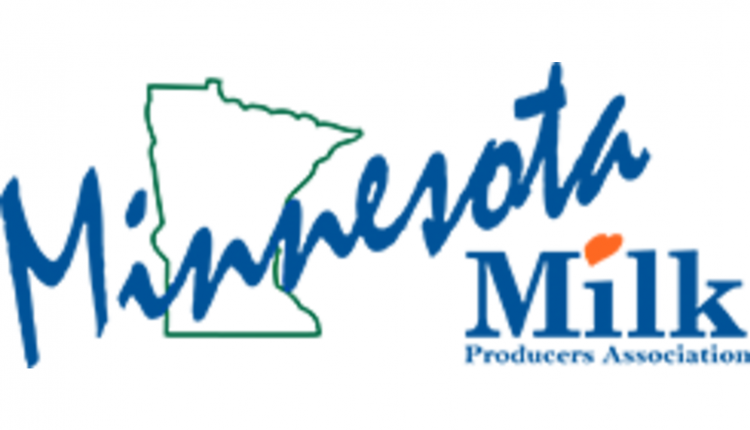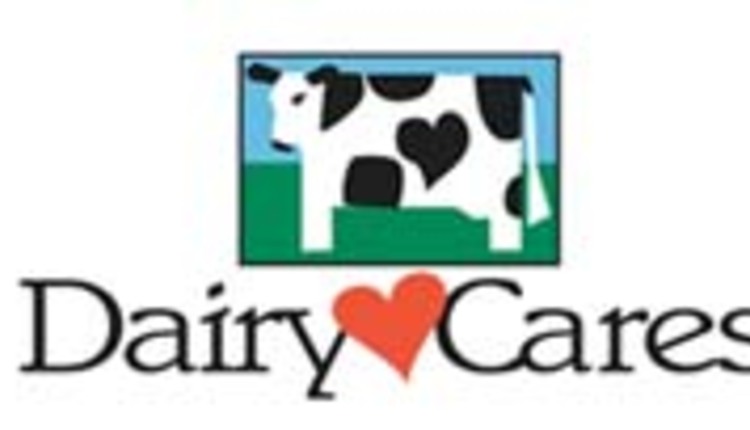Many university budgets across the country have come under duress in recent years. While nearly all academic programs have felt the pain, programs viewed as traditional science - particularly ones with hefty budgets such as those in production agriculture - have more budget cutting pressure compared to other disciplines deemed more cutting edge. Long term, that doesn't bode well for dairy.
Agricultural education was among the mandates when Congress passed the Morrill Act in 1862 and launched the nation's land grant colleges. However, today's animal science programs come with higher cost structures due to outlays for university farms. In previous generations, the principle purpose of a college farm was to carry out research activities, while teaching was a secondary function as most students arrived on campus with farm backgrounds. As the nation's dairy farms continue to dwindle in number but grow in size, the need for employees still remains quite high. As students and employers demand more hands-on teaching, will future budgets ensure we are graduating the right graduates?
All told, there are 38 universities that grant dairy-related, four-year degrees, estimated Penn State's Larry Muller in his recent work for the Encyclopedia of Dairy Science. Muller's 2004 survey found that the number of undergraduates in the 38 programs totaled 1,189. That number is quite stable when compared to similar work that detailed 1,172 students one decade earlier. Recent polling by our staff, published in the August 25 issue on pages 552 and 553, also confirmed this stable student population.
While the numbers are steady, there is a group of schools that graduate the lion's share of students. In Mueller's latest work, he found eight universities have more than 40 undergraduate students, while 21 institutions have fewer than 25 young adults whose primary interest is dairy. With just six students per class, resources may be inadequate to sustain a full set of class offerings as administrators look to trim costs.
This cost-cutting reality is reflected in academic staffing. No one has been immune from it. In 2004, 16 of the 38 universities had less than one full-time dairy teaching equivalent. We found that larger institutions are not faring much better. In our inquiries, 10 schools representing the largest dairy institutions lost 35 percent of their staff since 1980.
Teaching students, conducting research and running a dairy farm are high-expense operations. When two of three areas fall to unsustainable levels, we may owe it to students and the greater industry to investigate alternatives. Those tough decisions may include shifting funding to stronger disciplines and partnering with resilient dairy programs to give students the best instruction possible.
This editorial appears on page 606 of the September 25, 2013 issue of Hoard's Dairyman.
Agricultural education was among the mandates when Congress passed the Morrill Act in 1862 and launched the nation's land grant colleges. However, today's animal science programs come with higher cost structures due to outlays for university farms. In previous generations, the principle purpose of a college farm was to carry out research activities, while teaching was a secondary function as most students arrived on campus with farm backgrounds. As the nation's dairy farms continue to dwindle in number but grow in size, the need for employees still remains quite high. As students and employers demand more hands-on teaching, will future budgets ensure we are graduating the right graduates?
All told, there are 38 universities that grant dairy-related, four-year degrees, estimated Penn State's Larry Muller in his recent work for the Encyclopedia of Dairy Science. Muller's 2004 survey found that the number of undergraduates in the 38 programs totaled 1,189. That number is quite stable when compared to similar work that detailed 1,172 students one decade earlier. Recent polling by our staff, published in the August 25 issue on pages 552 and 553, also confirmed this stable student population.
While the numbers are steady, there is a group of schools that graduate the lion's share of students. In Mueller's latest work, he found eight universities have more than 40 undergraduate students, while 21 institutions have fewer than 25 young adults whose primary interest is dairy. With just six students per class, resources may be inadequate to sustain a full set of class offerings as administrators look to trim costs.
This cost-cutting reality is reflected in academic staffing. No one has been immune from it. In 2004, 16 of the 38 universities had less than one full-time dairy teaching equivalent. We found that larger institutions are not faring much better. In our inquiries, 10 schools representing the largest dairy institutions lost 35 percent of their staff since 1980.
Teaching students, conducting research and running a dairy farm are high-expense operations. When two of three areas fall to unsustainable levels, we may owe it to students and the greater industry to investigate alternatives. Those tough decisions may include shifting funding to stronger disciplines and partnering with resilient dairy programs to give students the best instruction possible.










